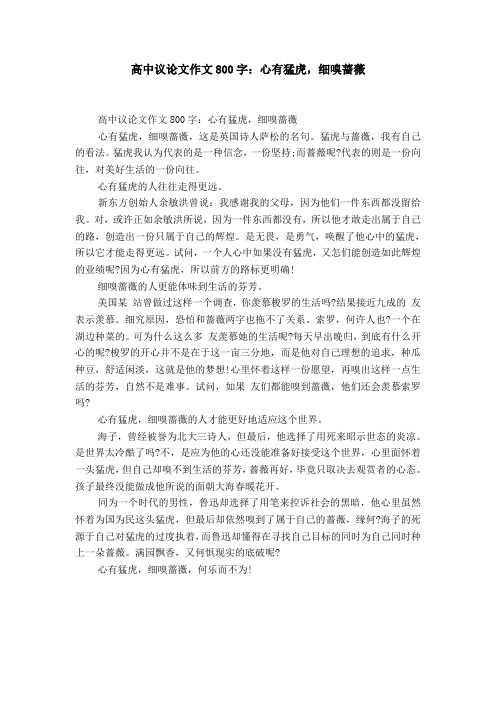Title: The Double-edged Sword of Online Shopping: A Comprehensive Analysis
In today's era, the convenience of online shopping has revolutionized the way people purchase goods and services. From groceries to electronics, from books to clothes, the internet offers a wide range of options, making it accessible to people all over the world. However, this convenience comes with its own set of challenges and considerations. This essay will delve into the advantages and disadvantages of online shopping, analyzing both its pros and cons. One significant advantage is that online shopping provides consumers with a vast selection of products at their fingertips. With just a few clicks, customers can browse through different brands, sizes, and styles, ensuring that they find exactly what they are looking for. Moreover, online platforms often offer discounts, promotions, and deals that cannot be found in traditional brick-and-mortar stores. These benefits not only save time but also help reduce expenses for consumers. Another advantage of online shopping is the ability to compare prices across multiple retailers without having to physically visit each store. This allows customers to make informed purchasing decisions and avoid being swayed by unfavorable deals or hidden fees. Furthermore, online shopping eliminates the need for carrying heavy bags and spending time traveling to different locations, making it an attractive option for busy individuals who value efficiency. Despite these advantages, there are also significant drawbacks to online shopping. One major concern is the risk of receiving counterfeit or defective products. Many online sellers may lack the proper certification and quality control measures necessary for selling genuine goods. In such cases, customers may receive items that do not meet their expectations, causing them unnecessary frustration and financial loss. Another disadvantage of online shopping is privacy concerns. When buying products online, customers must provide their personal information, including contact details, payment details, and shipping addresses. This data can then be used by third parties for marketing purposes, raising concerns about data breaches and cybersecurity risks. Additionally, online transactions can lead to issues with refunds and returns due to the anonymity afforded by digital transactions. The ease of comparison shopping can also lead to impulsive purchases and a propensity towards overspending. Without physical interactions with products or real-world constraints, some individuals may end up spending more than they intended, leading to financial difficulties if not managed wisely. Online shopping also poses a threat to physical stores and local economies. By reducing the need for brick-and-mortar outlets, online platforms can significantly impact the livelihoods of small business owners and local entrepreneurs. This trend can lead to a decline in employment opportunities and a loss of tax revenues for local governments. Furthermore, the convenience of online shopping comes with a cost in terms of delivery time and logistics. Items often require extra processing and handling before being shipped out, resulting in longer delivery times and higher shipping costs. For those living in remote or rural areas, the lack of convenient delivery services can further exacerbate the inconvenience. Lastly, online shopping can have a negative impact on mental health. Studies have shown that excessive use of social media can lead to feelings of isolation and anxiety. Individuals who spend hours scrolling through feeds and browsing products may experience increased stress levels and decreased productivity. In conclusion, online shopping presents a double-edged sword, offering numerous benefits such as access to diverse product choices, price comparisons, and convenience. However, it also comes with its share of challenges, including risks associated with counterfeit products, privacy concerns, impulsive purchasing, impacts on local economies, logistical issues, and potential negative effects on mental well-being. As we continue to embrace online shopping, it is crucial to approach it with mindful consideration and balance, ensuring that it enhances our lives while minimizing potential harms. To sum up, online shopping has revolutionized the way we shop, offering unprecedented convenience and access to a vast array of goods and services. However, like any tool or technology, it requires careful usage to fully harness its potential while mitigating its drawbacks. As we navigate through this digital age, it is essential to strike a balance between convenience and responsibility, ensuring that we enjoy the benefits of online shopping while safeguarding ourselves and our communities against its possible pitfalls.未经允许不得转载:» 网购的利与弊英语作文(网购利弊分析)

 佰一阅读网
佰一阅读网

















